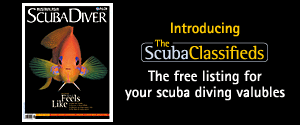- Home
- Directory
- Shop
- Underwater Cameras - Photographic Accessories
- Smartphone Housings
- Sea Scooters
- Hookah Dive Systems
- Underwater Metal Detectors
- Dive Gear
- Dive Accessories
- Diving DVD & Blu-Ray Discs
- Diving Books
- Underwater Drones
- Drones
- Subscriptions - Magazines
- Protective Cases
- Corrective Lenses
- Dive Wear
- Underwater Membership
- Assistive Technology - NDIS
- On Sale
- Underwater Gift Cards
- Underwater Art
- Power Stations
- Underwater Bargain Bin
- Brands
- 10bar
- AOI
- AquaTech
- AxisGo
- Backscatter Underwater Video and Photo
- BLU3
- Cayago
- Chasing
- Cinebags
- Digipower
- DJI
- Dyron
- Edge Smart Drive
- Eneloop
- Energizer
- Exotech Innovations
- Fantasea
- Fotocore
- Garmin
- Geneinno
- GoPro
- Hagul
- Hydro Sapiens
- Hydrotac
- Ikelite
- Indigo Industries
- Inon
- Insta360
- Intova
- Isotta Housings
- Jobe
- JOBY
- Kraken Sports
- LEFEET
- Mirage Dive
- Nautica Seascooters
- Nautilus Lifeline
- NautiSmart
- Nitecore
- Nokta Makro
- Oceanic
- Olympus
- OM System
- Orca Torch
- Paralenz
- PowerDive
- QYSEA
- Scubajet
- Scubalamp
- Sea & Sea
- SeaDoo Seascooter
- SeaLife
- Seavu
- Shark Shield
- Sherwood Scuba
- Spare Air
- StickTite
- Sublue
- Suunto
- SwellPro
- T-HOUSING
- Tusa
- U.N Photographics
- Venture Heat
- XTAR
- Yamaha Seascooter
- Youcan Robot
Over 100 new sharks and rays classified
Australian scientists have completed an ambitious 18-month project to name and describe more than 100 new species of sharks and rays.
Conducted by scientists working under the auspices of CSIRO’s Wealth From Oceans National Research Flagship, the project named a third of Australia’s – and about a tenth of the world’s – shark and ray species.
Team leader, CSIRO’s Dr Peter Last, says analysis of DNA sequences was used to clarify the identity of closely related species.
“Additional taxonomic information like this is critical to managing sharks and rays, which reproduce relatively slowly and are extremely vulnerable to over-fishing and other human impacts,” he says. “Their populations are also sensitive to small-scale events and can be an indicator of environmental change.”
CSIRO’s Dr William White says sharks and rays also play a vital ecosystem role as apex predators. “Take them away and what does it mean for the rest of the ecosystem?” Dr White says. “We can’t understand possible implications unless we know what species we’re dealing with.” “Their populations are also sensitive to small-scale events and can be an indicator of environmental change.”
The new species include:
- The endemic, Northern Freshwater Whipray and the Northern River Shark, which grow to over two metres in length, and are among the largest freshwater animals in Australia. Until recently these were confused with similar marine species.
- The Endangered Maugean Skate which has an extremely narrow distribution. It is closely related Gondwanan ancestor which lived off southern Australia some 80 million years ago, and the present day species clings to life at the south-western tip of Tasmania.
- A Critically Endangered gulper shark, the Southern Dogfish, which is endemic to the continental slope off southern Australia. It has suffered severe population declines in the past few decades.
More than 90 of the new species were identified but undescribed in the 1994 book; Sharks and Rays of Australia, by Dr Last and CSIRO’s Dr John Stevens. The new names and descriptions will feature in a revised edition of the book in 2009. Specimens of many of the new species are in the Australian National Fish Collection at CSIRO Hobart – the largest collection of preserved sharks and rays in the Southern Hemisphere.
A workshop focusing on the project’s findings will be held at Sydney’s Australian Museum on 22 September during the 2nd Annual Meeting of the Oceania Chondrichthyan Society. Involving some of the world’s leading experts in the field, the WWF-Australia-sponsored workshop also will assess priority areas of future research and management of sharks in Australian waters.
Images and more at
http://www.csiro.au/news/SharkNaming.html
![]() Contributed by Tim Hochgrebe added 2008-09-17
Contributed by Tim Hochgrebe added 2008-09-17
![]() Login or become a member to join in with this discussion.
Login or become a member to join in with this discussion.

 Yamaha Seascooters
Yamaha Seascooters
Exclusive official distributor and dealer for Yamaha Seascooters in Australia, New Zealand and Fiji. Yamaha Seascooters feature light and efficient personal water scooters that are fun and affordable to anyone.
Shopfront
-
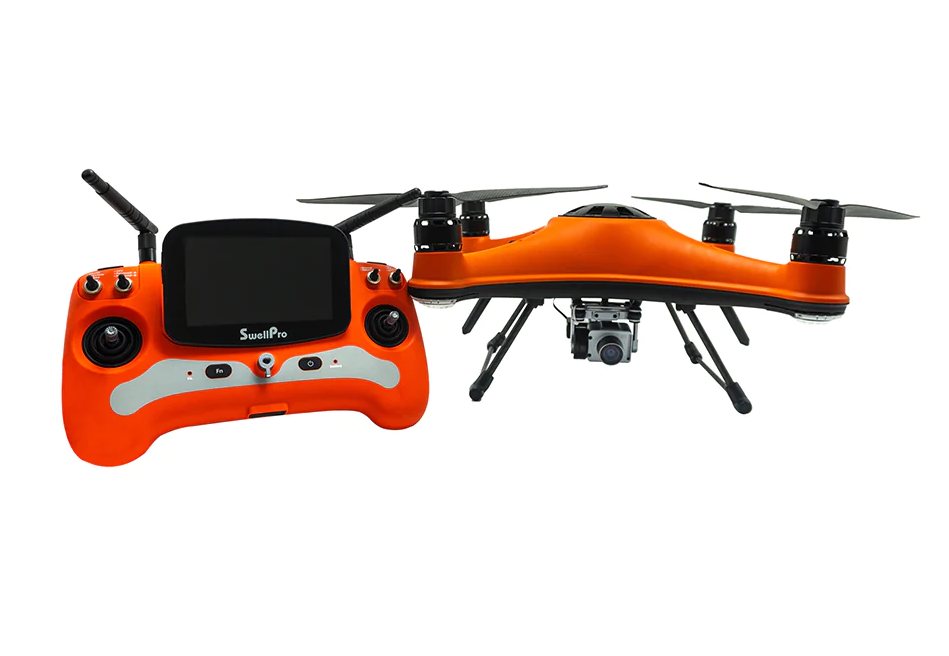 SwellPro Fisherman FD3 ADVANCED - WaterProof Fishing Drone
SwellPro Fisherman FD3 ADVANCED - WaterProof Fishing Drone
- Price A$ 3,499.00
-
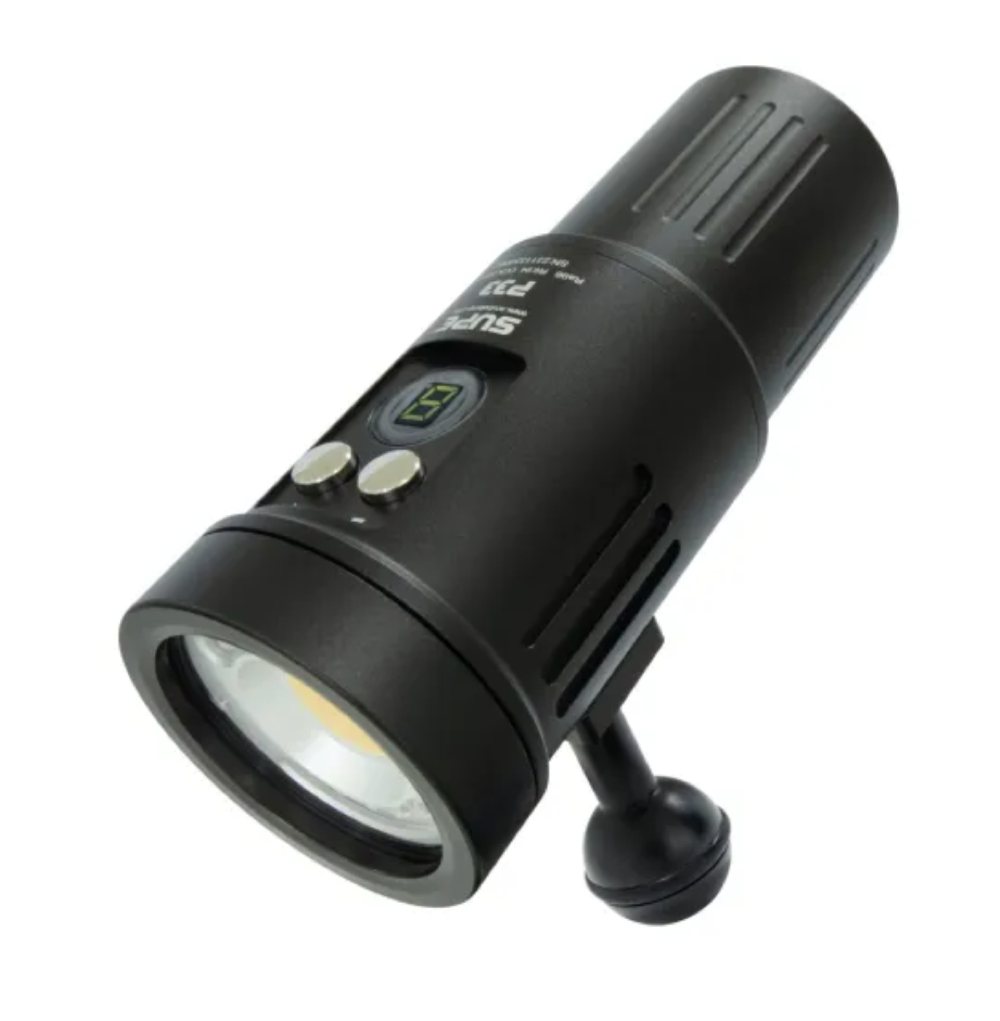 Scubalamp P33 LED Video/Photo Strobe Light - 5000 lumens
Scubalamp P33 LED Video/Photo Strobe Light - 5000 lumens
- Price A$ 649.00
-
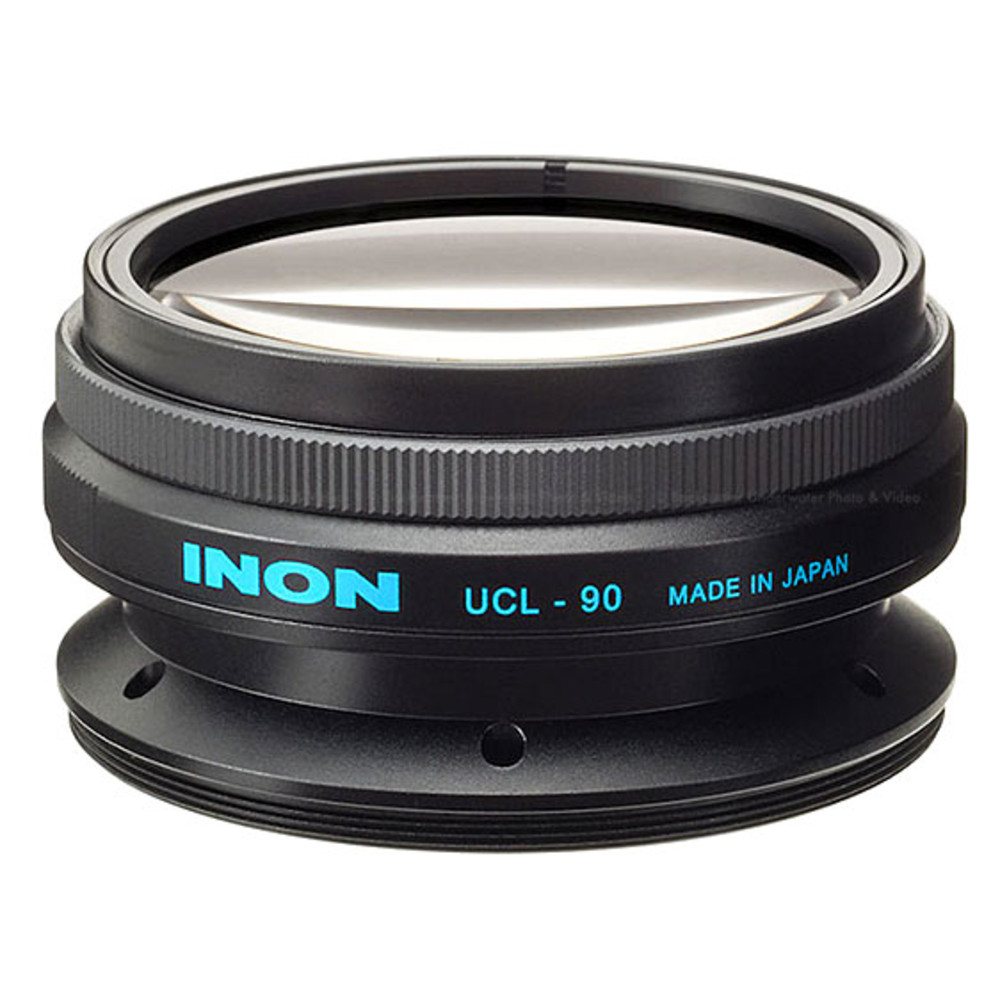 Inon UCL-90 M67 Underwater Close-up Macro Lens +11
Inon UCL-90 M67 Underwater Close-up Macro Lens +11
- Price A$ 499.00
-
 Aquatech D-Pro Underwater Strobe
Aquatech D-Pro Underwater Strobe
- Price A$ 1,199.00
-
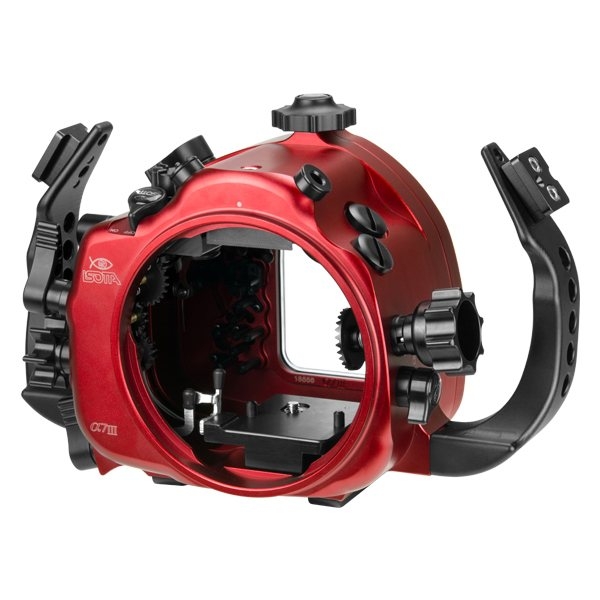 Isotta Underwater Mirrorless Camera Housings
Isotta Underwater Mirrorless Camera Housings
- Price A$ 2,290.00
Articles
-
 The Sealife DC1200 Elite Package - A Review by Lawrence Alex Wu
The Sealife DC1200 Elite Package - A Review by Lawrence Alex Wu
- Simplicity and a user friendliness for the new & hobbyist underwater (UW) photographer is how the Sealife DC1200 camera and housing is designed. With it's UW-purpose built functions and menus, taking photos with or without UW strobes is setup to be just a few clicks away. In particular, there are unique UW functions that are not commonly found in any of the name brand cameras that will take the plunge with you on your dive trips turning UW photography into simple snaps.



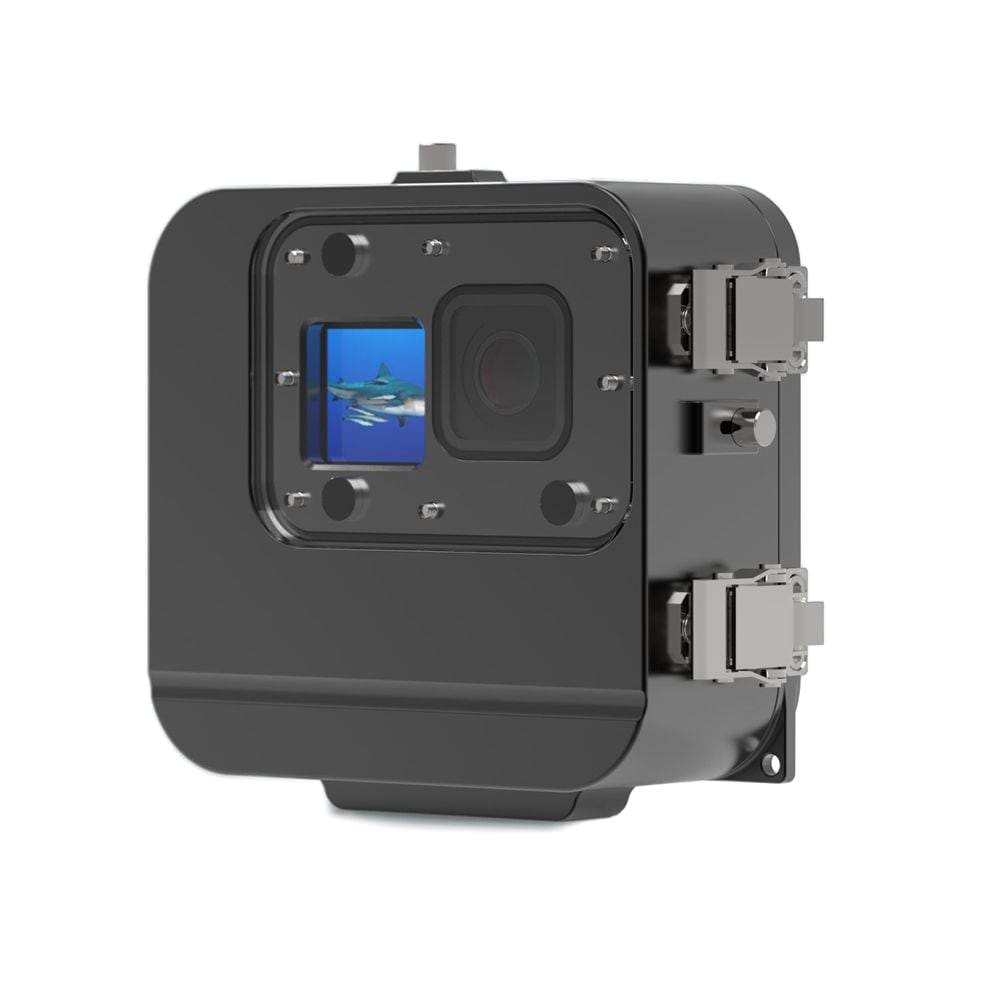 T-HOUSING Aluminium Deepdive H10 POWER for GoPro Hero9 10 11 12 and HERO13
T-HOUSING Aluminium Deepdive H10 POWER for GoPro Hero9 10 11 12 and HERO13 Scubalamp PV21 LED Video/Photo Light - 2000 lumens wide - 1200 lumens spot
Scubalamp PV21 LED Video/Photo Light - 2000 lumens wide - 1200 lumens spot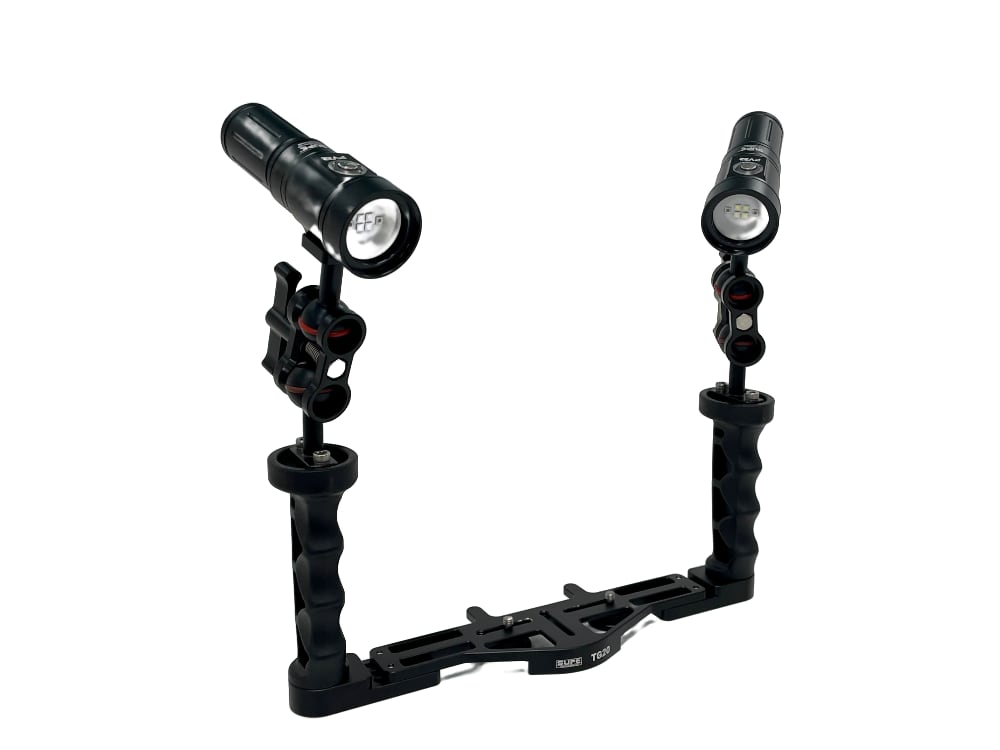 Video Light Package with tray and arms - 4000 lumens - Scubalamp PV22 x 2
Video Light Package with tray and arms - 4000 lumens - Scubalamp PV22 x 2


